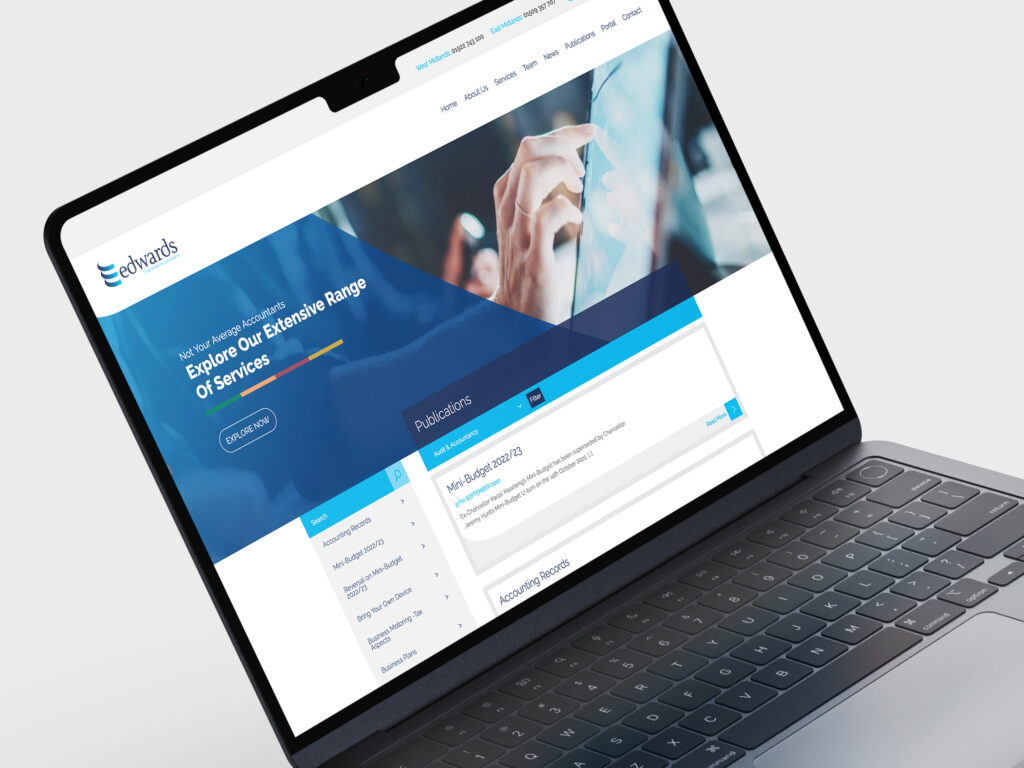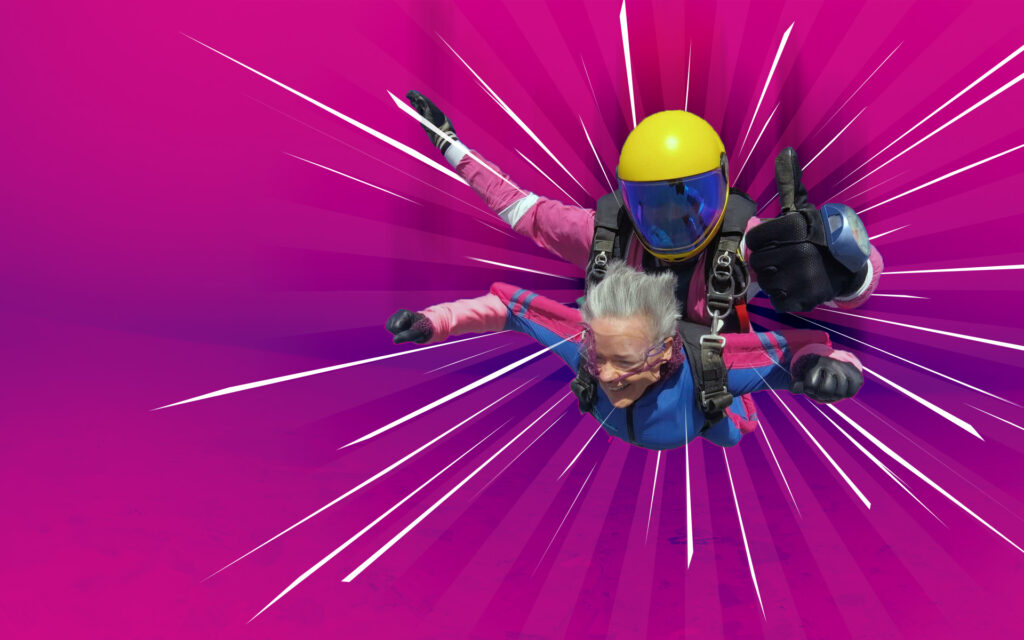4 Key Considerations When Creating or Redesigning a Logo

When creating or redesigning a logo there are many factors to think about:
Logos sit at the heart of a company’s brand strategy. As this element is visual, it is interacted with most frequently and acts as the main element of your brand identify, which is essentially the face of your organisation, engaging with consumers via multiple channels.
Studies have shown that three-quarters of people can recognise a brand just by its logo, and when you think about some of the most recognisable logos in the world, they all seem to have similar traits, they are simple, memorable, versatile, and perhaps most importantly, relevant.
At our Birmingham-based creative agency, we specialise in bringing your business to life through effective and memorable branding, connecting with your audience and helping you to stand out from the competition.
Want to ensure your logo is fresh and on-trend? Our talented graphic designers have outlined some of the most popular trends when it comes to logo design and branding.
TAKING A MINIMALISTIC APPROACH TO YOUR LOGO
Have you ever heard the phrase less is more? Well, a minimalistic aesthetic is exactly that. It focuses on simplicity by stripping away unnecessary components to make the logo both easier to recognise and more memorable.
Think about well-established brands such as Nike, Pepsi, or Mastercard- you can easily remember each of these logos purely because of their simplicity. In fact, Nike has removed more and more elements from its logo over the years to the point that it is now just the iconic swoosh. Learn more about Nike’s brand evolution in our blog!
Logos with minimalistic elements are often the perfect choice for organisations that use multiple communication channels both online and offline.
This is largely due to having less elements to factor into content but is also because they are easily to turn into dynamic logos which transform depending on the environment they are used in.
This helps satisfy the user experience, especially when viewing on digital devices such as smartphones and tablets where content is often resized to fit the smaller screens.
THE INCLUSION OF COLOUR GRADING
A gradient is a design element that enables colours to fade into one another, and they are often implemented into logo designs to leave a lasting impression.
Our eyes are acclimatised to seeing gradients in our everyday lives. A common example is when we look at nature, whether it be a sunset, open water, or a clear sky.
When used in logos, a gradient often implies a 3D effect, which can bring the design to life. This is why they are a popular option for businesses looking to engage with people across both digital channels and print.
Instagram is possibly the most well-known example of a good use of a gradient. It has become of one the brand’s most recognisable elements. Discover more about the meaning behind Instagram’s logo evolution on their website.
The main consideration with gradients is to ensure that your chosen colours are close to each other as they blend more naturally with a complementary palette, providing a smoother transition, rather than having a random combination that can look messy, distracting, and unappealing.
It is also crucial to make sure that your colours display how you intend across print and online. This can be done by comparing your RGB, HEX, CMYK and PMS colour codes.
RGB and HEX are for use on screen, whilst CMYK and PMS are used for print. Colours often don’t display as vibrant when they are printed or can even look like a different colour, which is why you should check how these work across your various marketing channels.
USING LOWER TYPOGRAPHY IN LOGOS
There is something unusual about seeing a lowercase logo because it is expected for them to be capitalised. However, they are a lot more common than you might think!
Currently, around 55% of logos use text that is fully capitalised, but that number is falling, thanks to global organisations including Facebook, Airbnb, and Amazon, who have all utilised lowercase text on their logo in recent years, prompting others to do the same.
Lowercase typography can give off an approachable and friendly vibe, which is why there have been so many larger corporations and businesses moving away from capital letters so that they can appear more friendly and human.
This approach isn’t suitable for every industry, however, with those looking to maintain a professional appearance, such as law firms and other B2B companies, likely to avoid the idea.
Using all lowercase logos is also an effective way to avoid the awkward empty spaces that some capital letters create. Take the letter ‘L’ for instance, which can create a lot of empty space, yet ‘l’ removes that problem.
It’s a trend that has looked like it was here to stay. However, in recent weeks Pepsi have broken the pattern with a brand refresh that has brought back the bold upper-case lettering they previously used. Could we be about to see a change in approach from more businesses?
CREATING A HAND-DRAWN OR SKETCHED LOGO
A hand-drawn or sketched logo is a great way to create a unique piece of design work that gives off a personable approach. Famous examples of these types of logos include Disney, Virgin, and Coca-Cola.
This is a particular favourite trend of ours as it gives us an opportunity to showcase our creativity.
Hand-drawn logos are an effective and memorable way for a brand to capture, highlight or emphasize aspects of their brand that couldn’t otherwise be captured with a standard typeface. In some cases, a business will need to be able to communicate more about its message.
The drawback of a unique hand-drawn logo is that it can sometimes be difficult to reproduce or resize across multiple marketing channels if it has complex elements to it. For example, reducing the size for social media or business cards. They may also become expensive to reproduce for printed materials if they feature multiple colours.
ELEVATE YOUR BRAND WITH THE HELP OF THE EXPERTS AT OUR DESIGN AGENCY
If you are looking for a branding company in Birmingham that can help your business stand out from your competitors, you’ve come to the right place.
At EDGE Creative, we have been helping businesses of all shapes and sizes from a wide variety of industries develop their brand and create a memorable identity that sticks in the mind of their audience.
We are currently running a limited time offer where you can receive a free brand audit for your business worth £750.
Our experts will review your brand and help you identify how well your brand and communication compares to your competitors.

















